I recently added an M3 to my Leica collection. Part of my motivation was pure curiosity. I have understood that the M3 was a milestone development for Leica, being the first M body produced, way back in 1955. Otherwise, it wasn't obvious to me why so many people were in love with their M3s, seemingly more so than other M models. One thing I really didn't get was that the M3 has limited framelines in the viewfinder, meaning that the widest lens you can use without a "goggles" attachment is 50mm. More on this later.
I decided that I wanted to get an early unit, which meant that it is a double stroke (DS) - this simply means that you have to wind the lever twice to fully advance the film. I looked at a few different cameras, but didn't find exactly the one I wanted until I contacted Youxin Ye, Leica repair master. Youxin has serviced several cameras for me in the past. He happened to have a very early M3 ready for refurbishment.
(Click Here) to go to Youxin's page. Youxin provides quick, reliable service. He has my full endorsement.
In any case, the other "features" of the early M3, besides DS, are the lack of a frameline lever for manually changing the framelines in the viewfinder, and a glass film plane plate, for maximum film flatness. Glass was replaced with metal later in the M3 production cycle.
Needless to say, Youxin provided me with an absolutely gorgeous M3 DS at a reasonable price. I fell in love as I opened the box. Looking through the viewfinder sealed the deal. You see, since the finder is not as wide angle as other Ms, when you do use the 50mm lens, you get this beautiful, bright image in the viewfinder. Making it wide enough for say a 35mm lens on other M models makes the 50mm framelines cover less of the total finder image. Since I am a 50mm guy, I'm quite happy with the M3s finder being optimized for that focal length.
Enough about the camera. I popped my vintage 1955 Summicron 50mm f2 collapsible lens (which was my Whole Lotta Leica selection for April) on and went to shoot a daytime bluegrass festival near my home in Loudoun County, Virginia.
(Click Here) to read about this special lens.
Here are some results:
All Images by Reed A. George
Leica M3 DS, Summicron 50mm f2 Collapsible
Kodak TMax 400 film
As usual, The Darkroom processed my film with excellent results.
(Click Here) to visit The Darkroom and use their awesome mail-in processing services!
DMC-365.blogspot.com
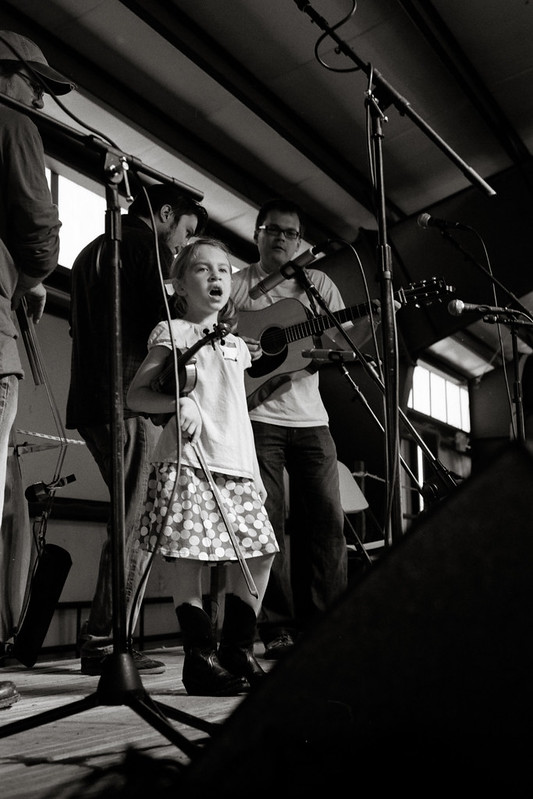
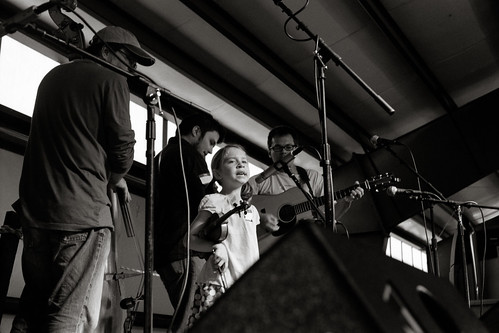

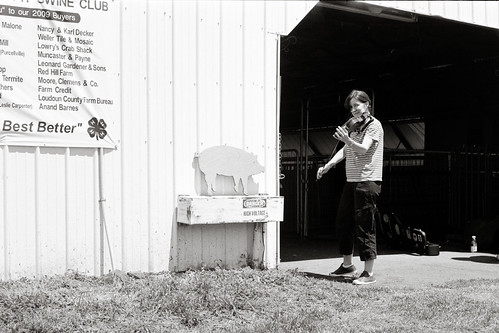
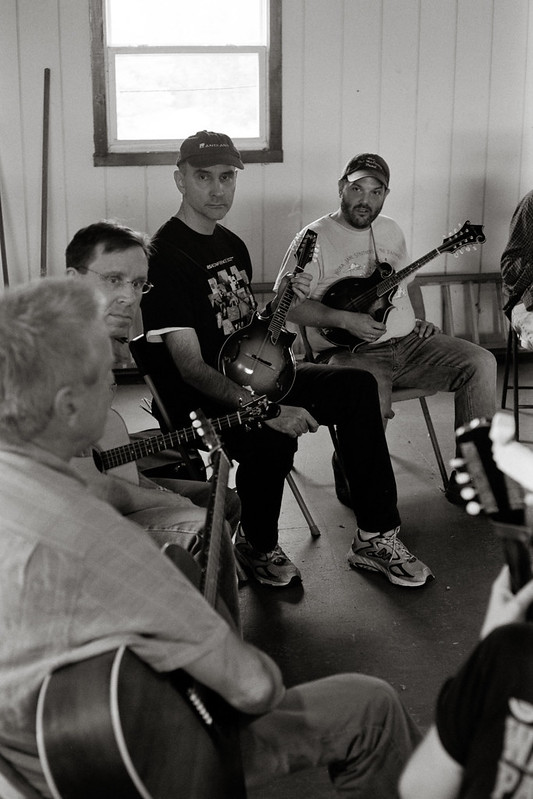
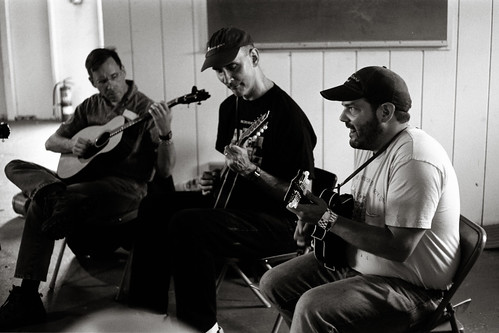
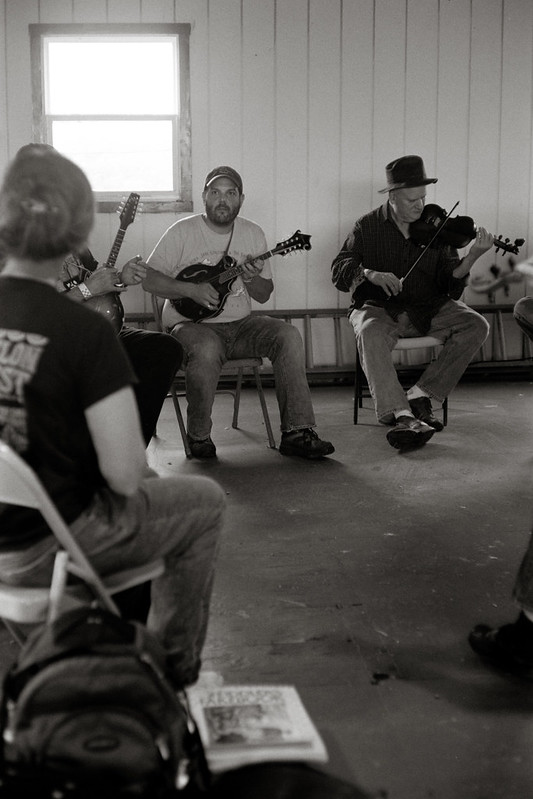


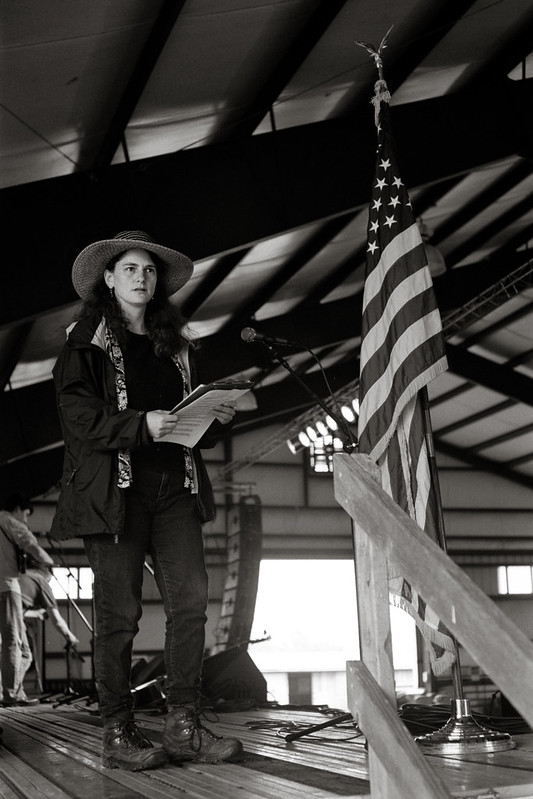
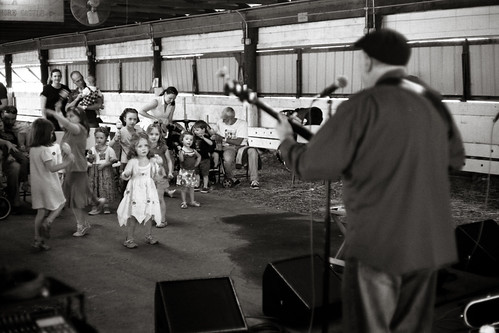
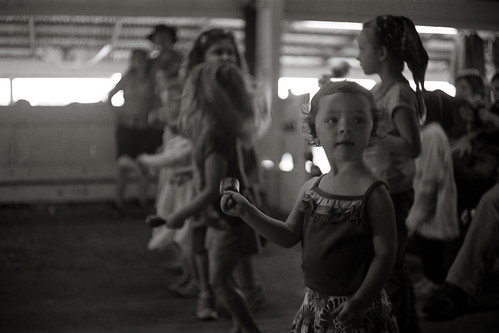
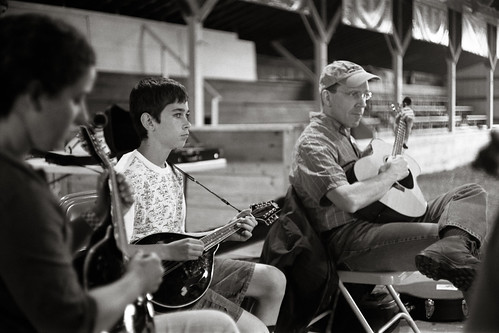
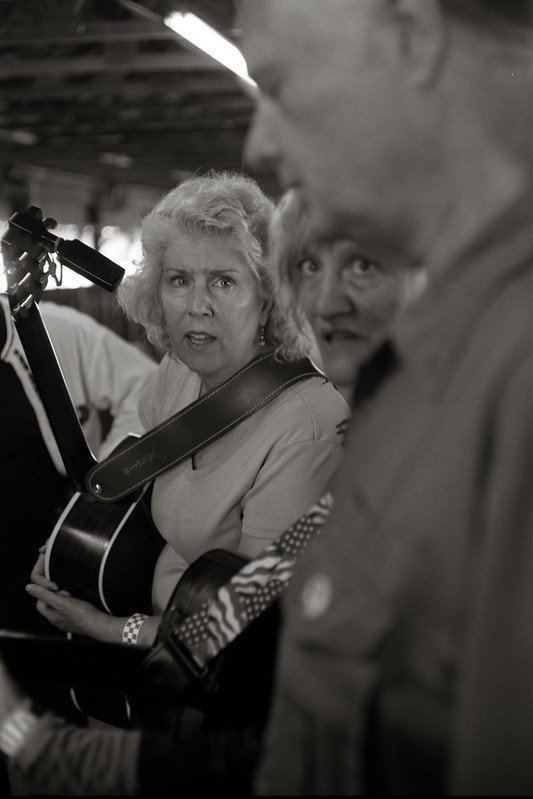
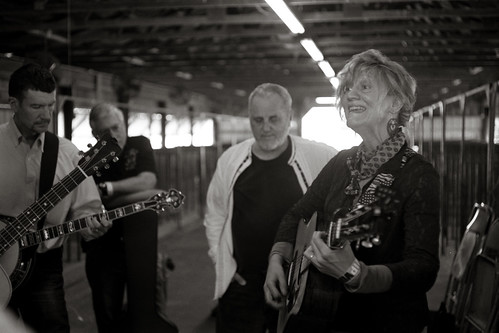
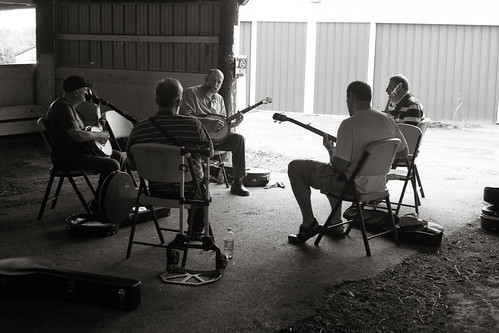
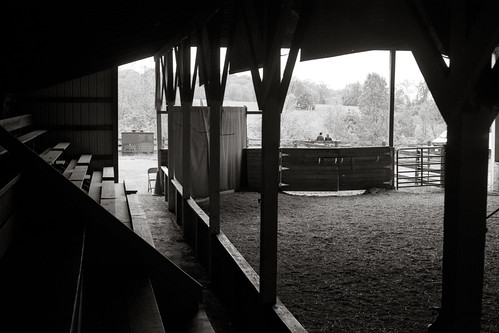
beautiful series...
ReplyDeleteThank you, sir!
ReplyDeleteReed
DMC-365.blogspot.com